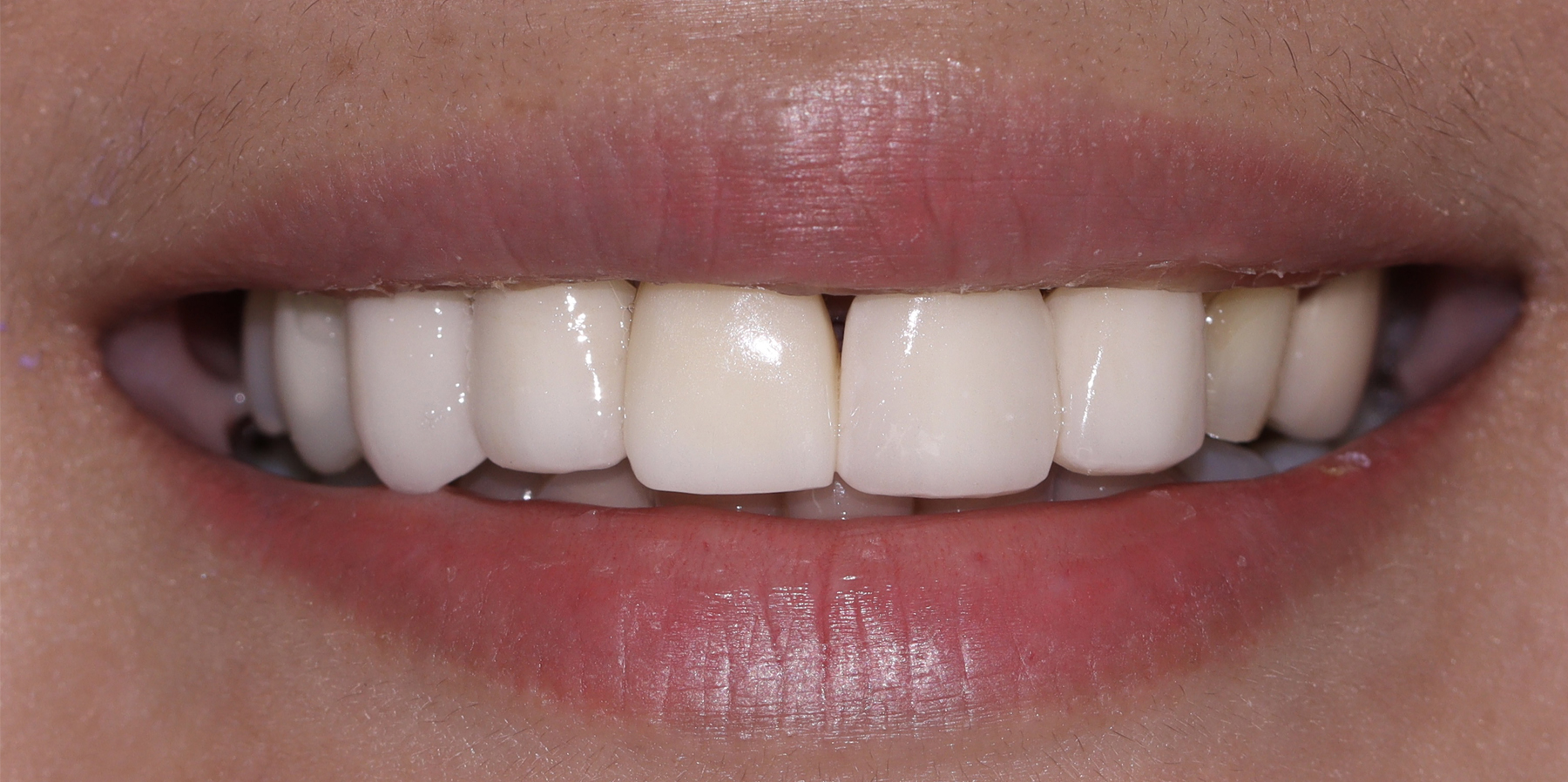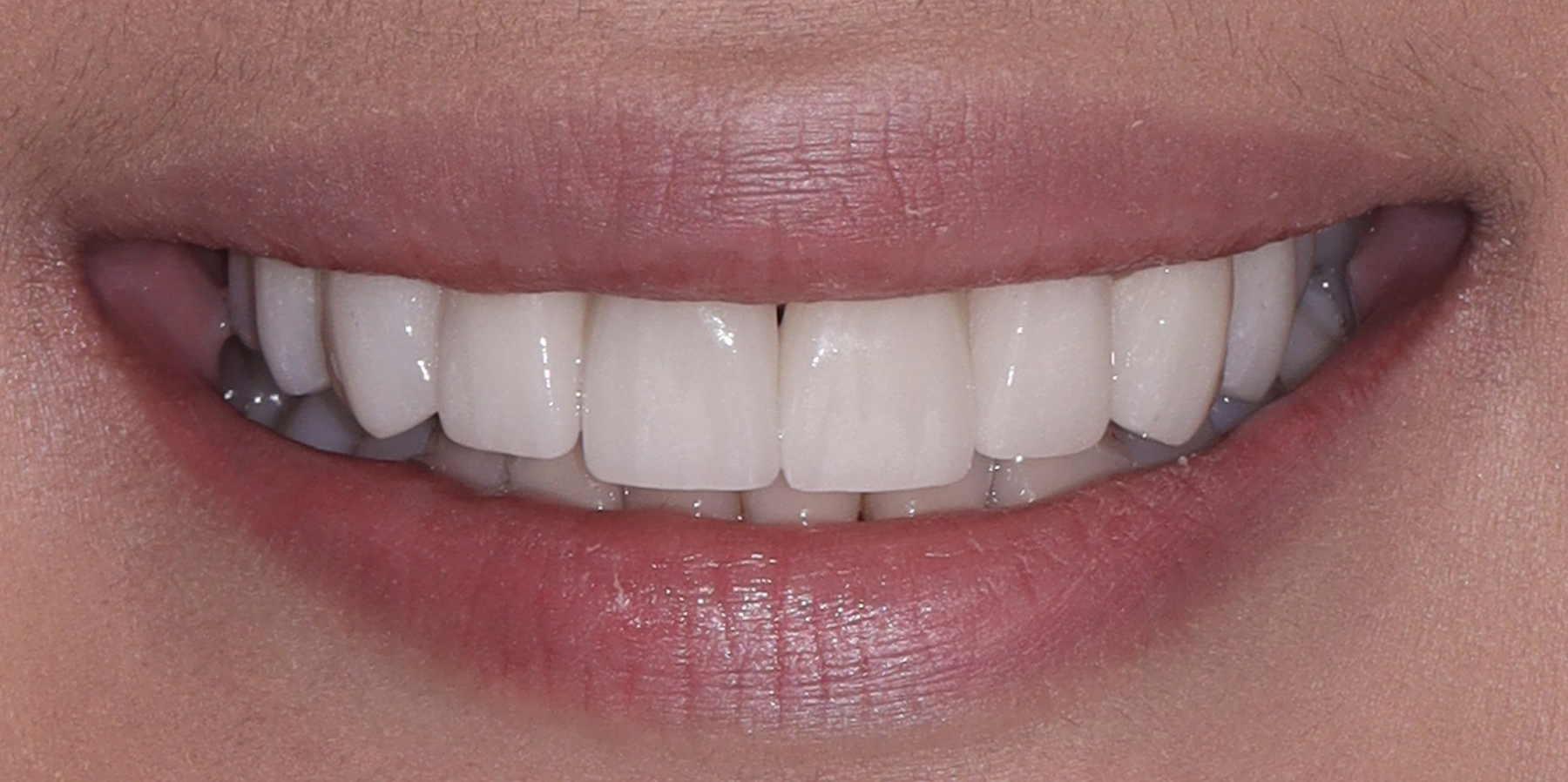Dental Crowns
A dental crown is an effective treatment option for teeth that are badly damaged. The dental crown procedure utilizes tooth-shaped coverings made of metal, zirconia, or porcelain to improve the appearance, restore strength, and eliminate the discomfort felt when there is a damaged tooth.
This treatment typically takes up to 2-3 visits, with a total of 7-10 days to complete.
Benefits of a Dental Crown
- Covers discolored and irregularities in teeth in improving cosmetic appearance
- Protects severely damaged tooth or tooth weakened by decay, fracture, large fillings, or root canal therapy from fracturing.
- Holds together cracked or weakened teeth and seals the tooth off from decay
- Helps preserve the natural function and position of the teeth
- Restores tooth with large decay, cavities or fillings
- Supports the replacement teeth in a bridge
- Restores and maintains natural bite
- Covers a root canal treated tooth and a dental implant
Different Types of Dental Crowns
Dental crowns can be made out of different materials. The type of crown utilized during your dental crown procedure will depend on your unique needs and goals, as well as the recommendation of your dentist.
The common materials used to make dental crowns are the following:
- Porcelain/ Ceramic
- Porcelain fused to metal
- Zirconia
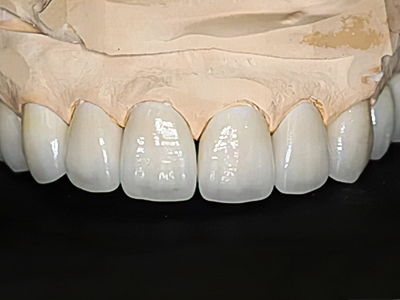
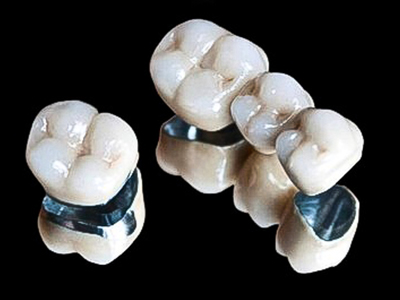
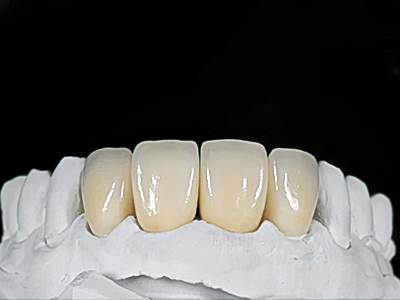
Procedure for Dental Crown

Examination of the Tooth
During the first appointment, the dentist will examine the tooth to make sure that it can support a dental crown. X-ray scans of the tooth and surrounding bone are taken. If tooth decay or infection of the tooth’s pulp is identified, a root canal treatment may be recommended by the dentist before proceeding with the dental crown procedure.
The whole process for installing a dental crown normally takes 2 to 3 separate visits and is usually done 7 days apart.
Preparation of the Tooth
Once the tooth has been cleaned, a local anesthetic is applied to numb the tooth and its surrounding area. Then, the dentist will file down the tooth to prepare it for the dental crown.
Alternatively, if the tooth is severely damaged or broken, the dentist has to fill it in first to make it large enough to properly receive a dental crown.
Placement of the Temporary Dental Crown
After the tooth has been filed or filled into the proper shape, the Dentist will take an impression of the tooth. Afterward, the impression will be sent to the dental laboratory for the fabrication of permanent dental.
While waiting for the permanent dental crown, the patient is provided with a temporary dental crown to protect the tooth.
Trial and Installation of the Permanent Dental Crown
Once the permanent dental crown is ready, the patient will be called in for a second visit. During this appointment, the dentist will test the dental crown’s fit, shade, and position. If everything is perfect, the dentist will cement the new dental crown to the tooth using permanent resin cement.

